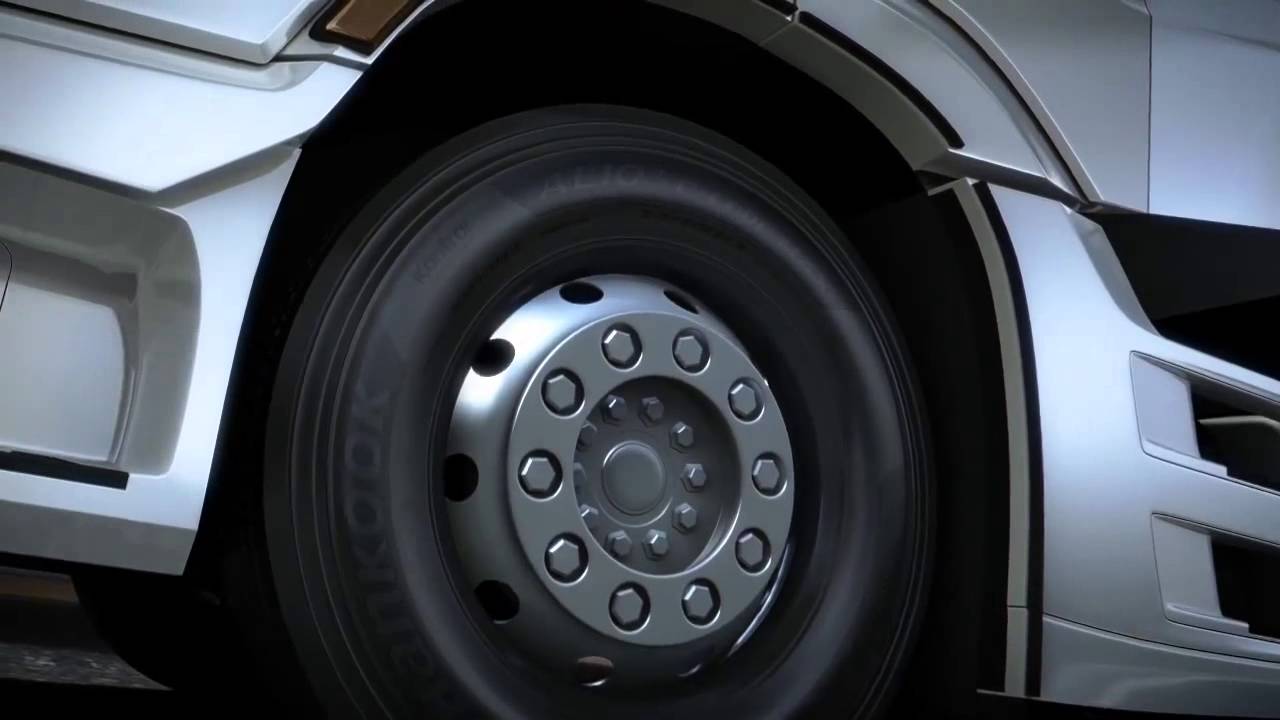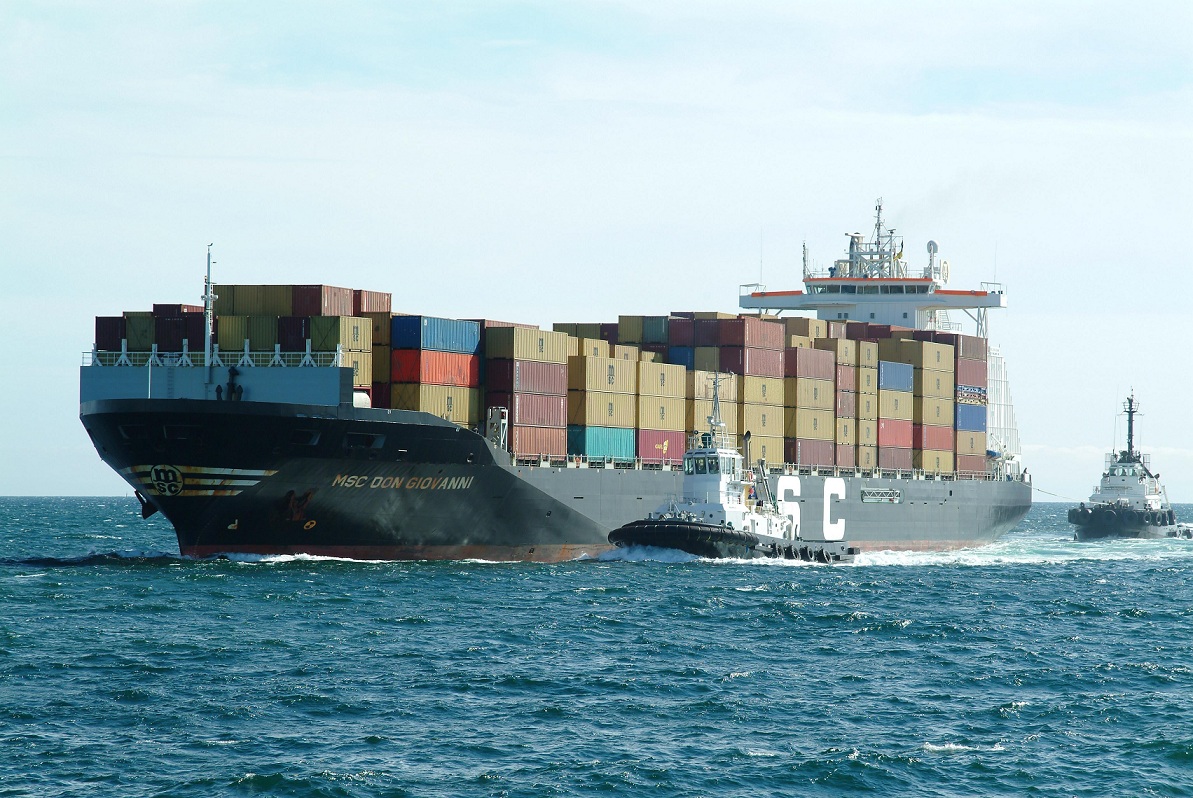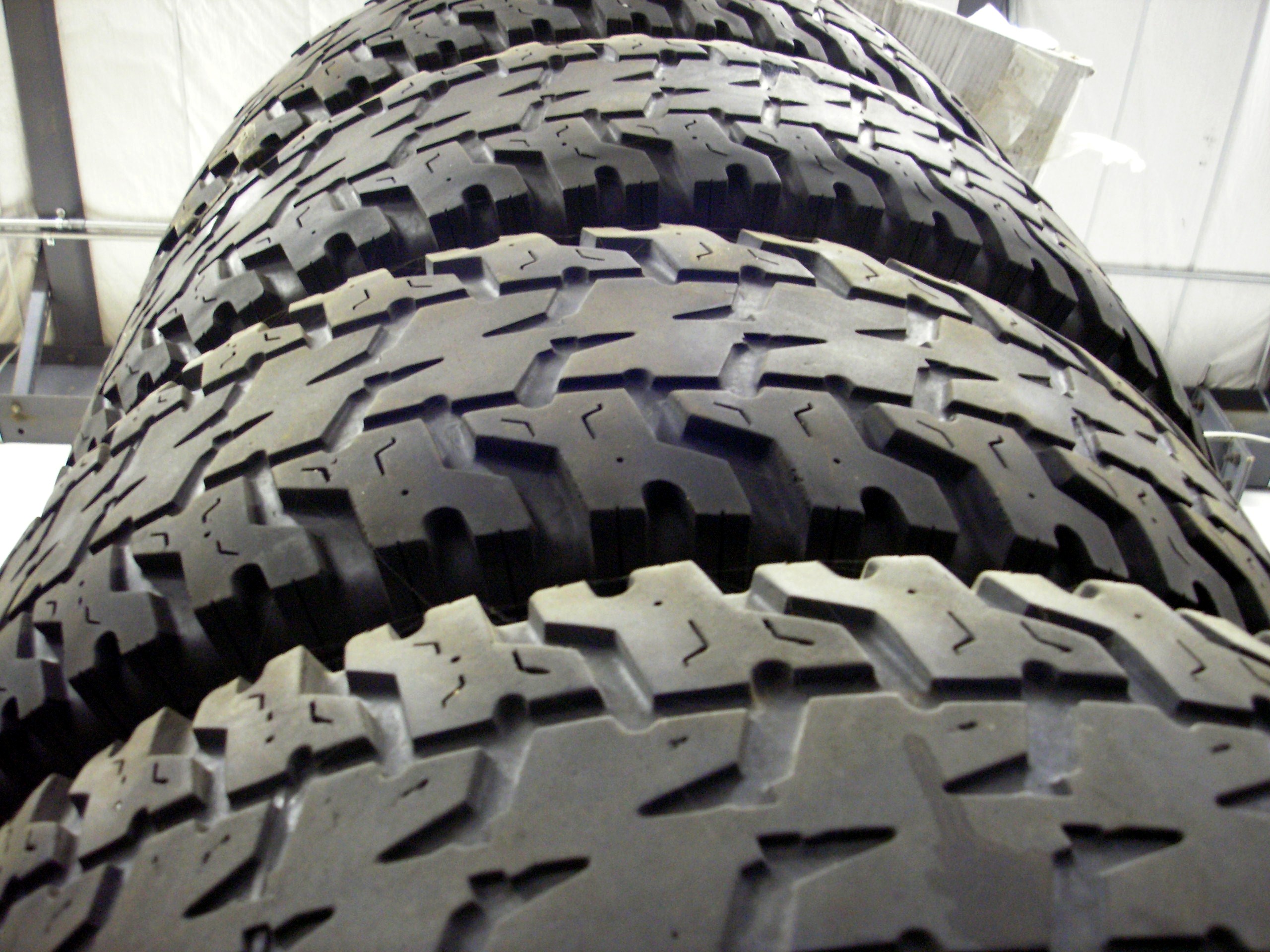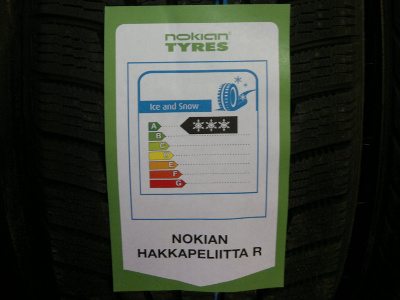
Is Hankook the current UK truck tyre market leader?
It seems we have a new UK commercial vehicle tyre market leader - Hankook. As well as featuring “Industrial and Speciality tyres” from pages 58 to 69 of this September’s edition, this month we have also taken a detailed look at the development of UK truck tyre market. This meant speaking to high level contacts at various manufacturers, wholesalers and third-party analysts in order to produce an original analysis of the status quo. Our analysis was compared to a similar exercise Tyres & Accessories undertook in 2009 in order to give the overview some longer-term perspective. The results are published on pages 24 to 43 for your reading pleasure and engagement.
Continue Reading
Will Europe impose tyre import tariffs?
In this month’s magazine (July 2014), as well as our the conclusion of our comprehensive review of the Essen Show (see page 40 onwards) plus features on manufacturing (from page 24) and batteries (page 8+), we report on the potential “Return of US tyre import tariffs” (on page 30). Reading this article, you could be forgiven for thinking you had stepped into a time warp to 2009 where proceedings followed a very similar course. This time round, the potential implementation of a second round of import US import tariffs aimed squarely at China have fermented rumours about whether anything similar is likely to happen in Europe. So will it?
Continue Reading
E-commerce comes of age
It seems 2014 could be the year that tyre e-commerce hits maturity. It doesn’t seem that long ago that the NTDA published research showing that the number one method of ordering was phone and – wait for it – fax. Internet was a minority method, but e-mail (a medium of communication that is buckling under the pressure of increased demand for more and faster contacts) was showing some signs of growth. In fact it was November 2005, and therefore will soon be a decade ago. In 2014, virtually every significant wholesale and direct distribution operation is supported by a sophisticated online ordering system that is simply backed by other methods of communication.
Continue Reading
Pumping up
The state of various European economies varies significantly, there are signs that the tyre markets are picking up and – if some of the large tyre makers’ recent financial reports are anything to go by – premium tyre sales are what are needed to turn green shoots into green backs.
Continue Reading
Tyre manufacturers prepare for long-term trend of increased coach and bus transport in Europe
In terms of the sheer number of vehicles on UK roads, the coach and bus segment accounts for just 0.3 per cent (90,355) of the total number of vehicles on UK roads. But there are good reasons to be interested in the coach and bus tyre market, especially as premium brand players like Continental, Goodyear and Bridgestone launch ever more specialised products, moving away from fitting the same 22.5” or 17.5” products as those found on trucks.
Continue Reading
Clever tyres – how tyres, TPMS and RFID are combining
After a century of development, tyres are getting cleverer than ever. Now they are beginning to think for themselves – or at least feed back information automatically. For much of the history of tyres, research and development focused on materials, compounds, construction and processes – all things that have brought tyre technology to where it is today and will take it through tomorrow and beyond. What’s different now is that in the last couple of years we have seen the rise of “clever” tyres, intelligent tyres, even cyber-tyres – call them what you will. The point is that these products are seeking to transform the tyre from being a passive component that runs fine as long it has tread remaining, is cared for correctly and avoids sharp objects. Now it is becoming an active part of modern connected vehicles, providing feedback as to the tyre’s type, state and even environmental conditions. All this is exchanged with the vehicle’s on-board computers in order to optimise performance. In the case of passenger cars this means sharing such data with ABS and ESP, helping the car “feel” the road and conditions.
Continue Reading
What the rise of BRIC and MINT economies means for the tyre market
OK so the fact that China is the world’s largest tyre producer, the largest car maker, has the largest population and is likely to be the largest economy soon means that it is massively premature to write off the People’s Republic. Rapid growth and the huge scale of Brazil, Russia and India means these markets are still should be the focus of much attention. However, many international businesses have already latched onto this. So if everyone is competing for what they perceive as the same low-hanging fruit other opportunities could be going missing…or at least that is the question that is being raised in banking circles.
Continue ReadingTyre [buyer] aging
The question of how long it is before a tyre reaches its sell by date is a familiar subject. A few years ago this column covered the rising age of tyre company directors and raised the question of what this meant for individual succession plans in particular and the market in general. But there is one specific type of “tyre aging” that we (and to the best of my knowledge) no-one has ever touched – how the tyre trade pitches its products and services towards “older” consumers.
Continue Reading![[Re]defining brand boundaries?](https://www.tyrepress.com/wp-content/uploads/2013/12/dictionary.jpg)
[Re]defining brand boundaries?
When Ashley Croft used his farewell Tyre Wholesaler Group annual chairman’s speech to ask how we define what a “premium” tyre is, he captured something of this year’s tyre industry zeitgeist (click here for full coverage of the speech). Of the speech didn’t just deal with this question – it touched on labelling, part worns and what the UK industry is doing to improve the availability of good market data too – but, if the market ruminations of a number of key players are anything to go by, Croft wasn’t the only one to have been raising this question during the last 12 months.
Continue Reading
Winter tyre labelling 2.0?
With memories of Nokian’sill-fated alternative winter tyre label fresh in mind, I was interested to learn that Finnish tyre and vehicle test centre Testworld is making its own ice braking test result publically and freely available. Let’s cast our minds back almost exactly a year. The new tyre labelling laws had just been introduced following six months of various manufacturers making certain data available.12 months on virtually all of that has died down and it is far from clear exactly how the market has received this concept, let alone consumers (see Labelling compliance worse..., NTDA/Lanxess labelling report and Goodyear Dunlop: Labelling one year on for more on this.
Continue ReadingTyres, magazines and the quality dichotomy
What do tyres, websites and a new cover design have in common? It is all a question of quality. In the British tyre industry everyone talks about price versus quality. Almost as often the debate broadens out before settling in the amorphous arena of “value”. More often than not this means the narrowing of the gap between two perceived opposites. In practice it could mean a customer buying a high quality product for a lower than expected price.The classic example of this is the customer that buys a higher priced product that performs beyond either their expectations or what the competition has to offer. In either case both propositions are predicated on the basis of product quality. Without this there are only short term pricing and sales strategies. And this in turn leads to the key difference highlighted by the age-old business adage: “sales are vanity, profits are sanity”. Without a properly considered quality-focused market approach, businesses struggle to make sense in the long-term, whether the macro-economic environment provides wind in your sails or an adverse gale.
Continue ReadingAn age old message?
It hasn’t been a good month for global transport’s PR. A runaway train in Canada, followed by a train crash in Spain, a bus crash in Italy and the recent head-on railway collision in Switzerland tragically broke decades long fatality records in each area. Of course mass transport in the developed world has never been safer and incidents like this are thankfully rare. And despite the innate Gestaltist tendency to draw a correlation between the random international happenings, there isn’t one. But that doesn’t stop us being all the more aware of such incidents. Just like when you buy a new car and suddenly realize how many of that make, model and colour suddenly appear despite having been on the roads all along. With this in mind, one of the three incidents that has recently caught public attention stood out particularly clearly for this tyre journalist – the Italian bus crash. Before the investigation was even carried out, my mind was drawn back to another coach crash in the UK. While it is just speculation to suggest that aging was a factor in both cases and there is in fact no clear link between them, one couldn’t help but wonder if it was another case of apparent age-related tyre failure.
Continue ReadingComment: Explosive action – a life lesson for tyre buying consumers?
To say that June was an interesting month for the tyre industry is something of an understatement. It was explosive - and in at least one case literally so. But the drama of it all offers consumers a challenging life lesson.
Continue ReadingDunlop motorsport and more [UK] market shifts?
While it sounds too dramatic to talk about seismic activity in the tyre market, the ongoing long-term effects of the various financial crises are continuing to be felt. At a continental level this has meant continued queries about how the largest tyre makers can better balance supply and demand in Europe. However it is also difficult to say how much of this conjecture is actually manifesting into any kind of practical reality. Indeed, at times like these people can get over-creative in their analyses, along with any legitimate market observations. That said, and without wanting to sound like a seventies pop song, it is as if we can feel the slow undulations of the terra firma under our feet.
Continue ReadingComment: Soft touch enforcement?
By the time you read this it will be nearly six months since tyre labelling became mandatory in the UK and across Europe. However, while the rules associated with this regulation have been anticipated for years, and indeed a rolling introduction began in May 2012, nearly a year after we all began talking about who got what label there is still something of a gap when it comes to enforcement. We have talked through the various options available to the British government in the pages of Tyres & Accessories before (see our 2012 Tyre Labelling special supplement for more on this) so there’s no-need to retrace those steps here. However the central point that rules are only as strong as their enforcement still stands. And the need is getting more urgent. As long as we don’t have an enforcement body in place there is a disincentive for dealers and other parts of the tyre trade to invest what’s necessary in systems and training to ensure labels are being talked about during the sales process. In its place all we have is de facto Andrex-soft enforcement.
Continue Reading

